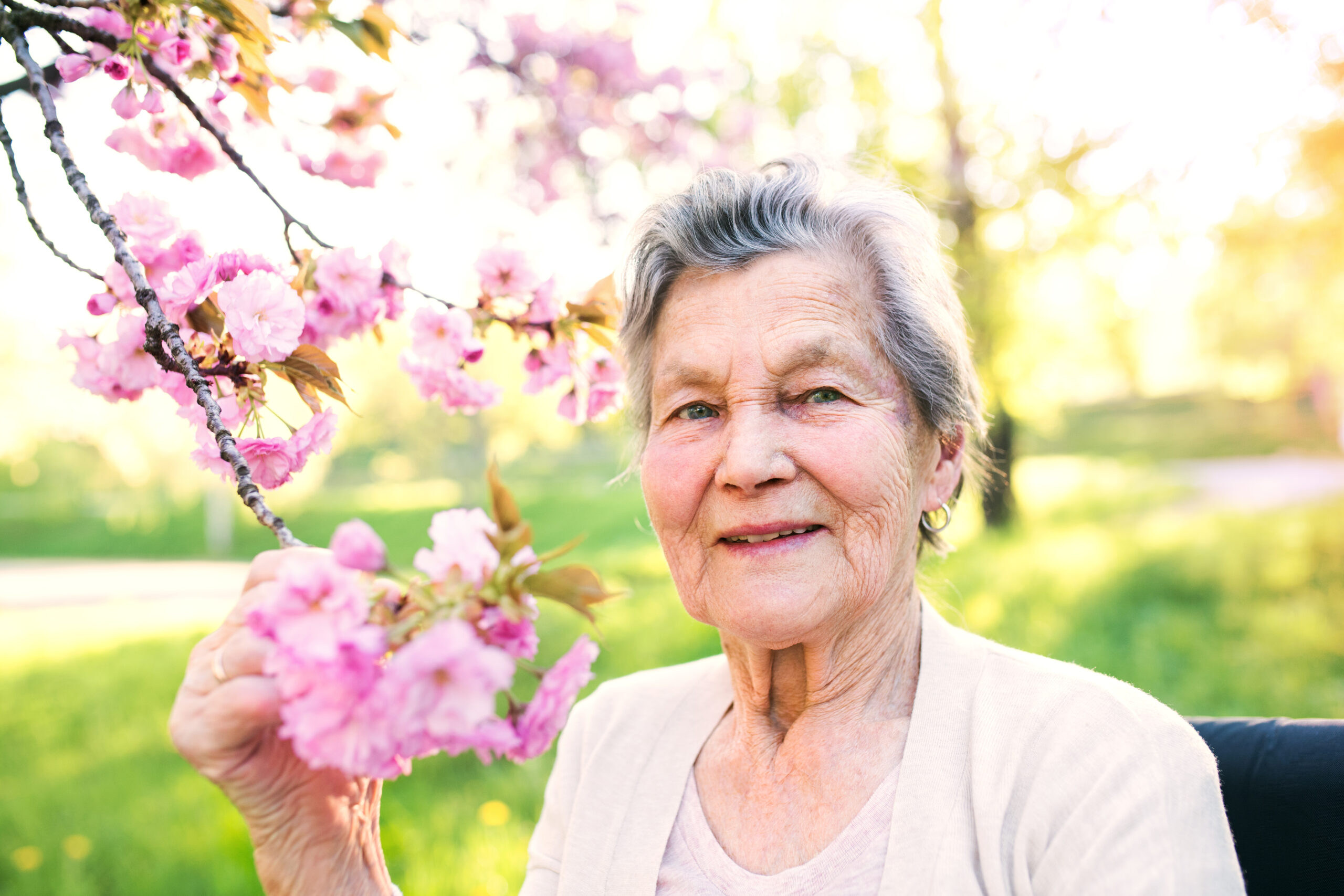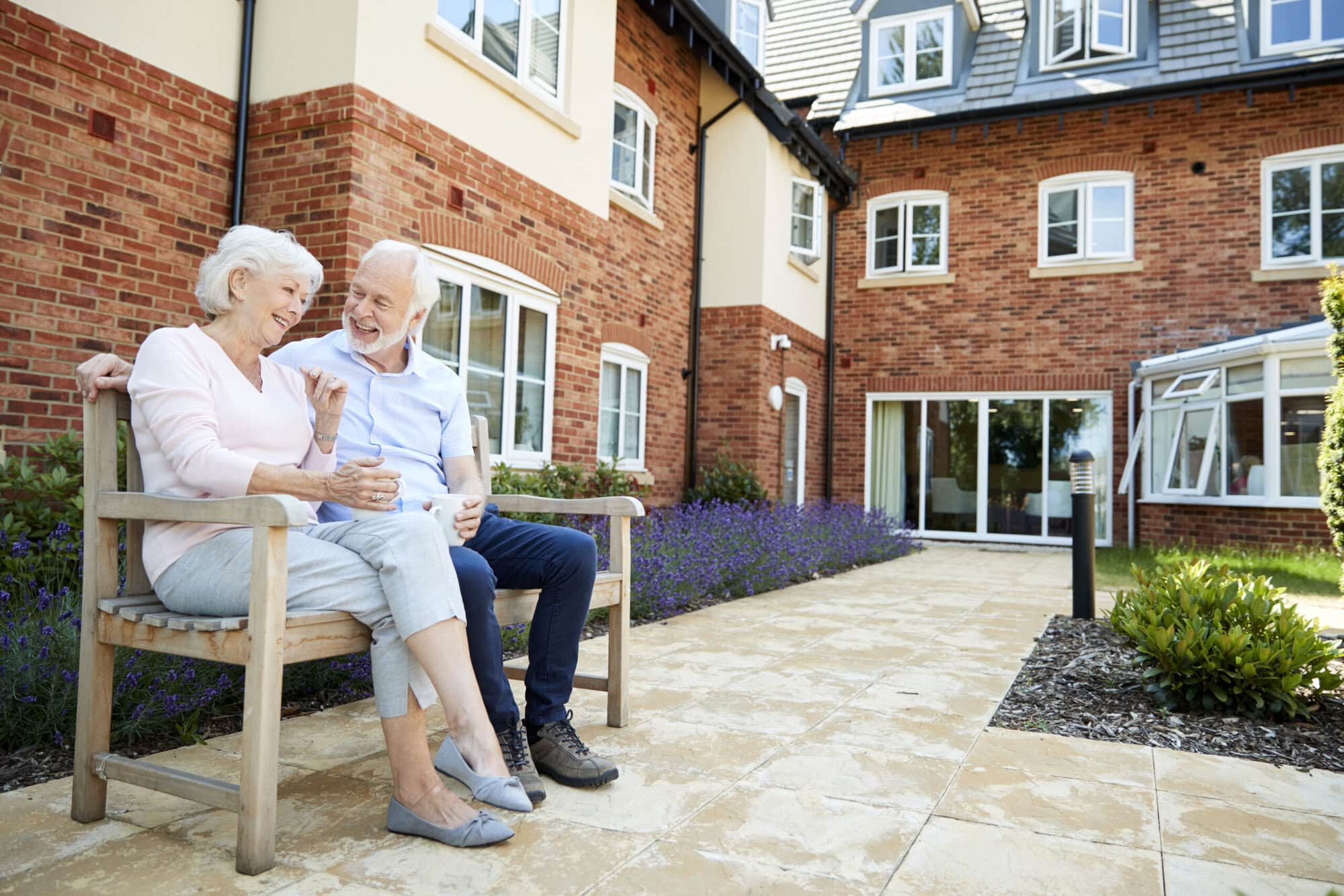
Our Top to Toe Falls Campaign
According to NICE “Falls and fall-related injuries are a common and serious problem for older people. People aged 65 and older have the highest risk of falling, with 30% of people older than 65 and 50% of people older than 80 falling at least once a year.” (www.nice.org.uk/guidance/cg161).
Falls are a major cause of disability, loss of independence and loss of life in older people. Injuries caused by falls are a leading cause of death among people aged over 75 in the UK. The fear of falling among people and those who care for them reduces quality of life and well-being. Despite this, falling should not be seen as an inevitable part of ageing. Most people over 65 do not fall each year. Falls are not an inevitable part of ageing. A fall is always due to the presence of one or more ‘risk factors’ (Office for Health Improvement and Disparities, 2022). People who reside in care homes are 3 times more likely to fall than people living independently in their own homes. They are also 10 times more likely to sustain significant injury as a consequence of falling (Cooper, 2017). In care homes, falls prevention is the responsibility of all members of the care home team. There are several things that can be done to help individuals reduce their risks of falling, with an emphasis on preventing falls, not just managing falls once they have occurred. With this guidance We Care Group aims to support our homes in taking a “positive risk taking” approach to falls which recognises the importance of individual residents’ quality of life, right to make choices, and right to retain independence, whilst ensuring the right risk reduction strategies are utilised.


The Definition of a Fall
A fall can be defined as ‘an unintentional event that results in a person coming to rest on the ground or another lower level, not as a result of a major intrinsic event (such as stroke or epilepsy) or overwhelming hazard (such as being pushed) (Nice, 2013). This definition does not include ‘trips’ where a person successfully regains their balance and does not come to rest on the floor.
Everyone working in a care home has a key role in identifying and reducing the risk of falls as part of supporting the health and well-being of individuals. National guidelines (produced by the National Institute for Health and Care Excellence) and research literature emphasise the importance of reducing falls risks to prevent falls and serious injuries. Guidelines recommend that all care homes carry out a person-centred approach to prevent and manage falls for each care home individual (Office for Health Improvement and Disparities, 2022).
How do we Prevent Falls?
It is impossible to ever completely remove the risk of a person falling. However, carrying out a comprehensive risk assessment with an individual can ensure that risk factors are identified and action taken to remove or reduce risks wherever possible. We Care Group care homes use the Falls Risk Assessment Tool (FRAT) to identify the risk factors that may lead to an individual being at higher than usual risk of sustaining a fall.
By identifying risk factors in this way, a care team can work together to introduce strategies that will significantly reduce a residents risk of falling and consequently their risk of coming to harm
What are the Common Factors that may increase a person from falling?
Chronic underlying health conditions
Older people are more likely to be living with one or more underlying health conditions which is sometimes referred to as co-morbidities. These may include physical health conditions such as Parkinson’s disease, Arthritis, poor eye sight or deafness and cognitive conditions including dementia. The way that some of the symptoms and restrictions can impact on an individual, including poor mobility, pain and loss of sensory functioning can all increase the risk of a person falling. It is the responsibility of the entire care team to understand the support and adaptations that residents with health conditions require to live safe and positive lives.
Sudden onset or acute Health Conditions
Acute conditions including infections can result in a sudden change in a person’s presentation, for example by causing extreme fatigue, dizziness or pain. All of these factors can significantly increase the risk of a resident falling. It is the responsibility of the entire care team to report and changes in a residents presentation as soon as possible to ensure that the correct medical advice can be sought.
Circulatory Conditions
As the body ages, problems with the circulatory system can occur, including strokes where the blood supply in the brain is interrupted and problems with blood pressure (BP). Common symptoms of high blood pressure (hypertension) include headache and dizziness. Low blood pressure (hypotension) can cause a person to experience light-headedness and increase the risk of fainting. Postural hypotension is the condition where a person may have a blood pressure reading within a normal range when seated, but who can experience a sudden drop in blood pressure when they stand up. All of these increase the risk of a person falling which is why it is so important to monitor blood pressure and seek medical advice if a persons BP falls outside of normal limits.
Inadequate Hydration and/or Nutritional Intake
Not having enough to eat or drink means that a person is at risk of becoming malnourished. Residents in care homes are at higher risk of malnourishment if they are unable to eat and drink independently or are unable to ask for help or for food or drink. Malnourishment can affect a person’s circulatory system (and consequently blood pressure) as well as causing tiredness, loss of muscle tone and affecting cognitive abilities. It is the responsibility to the entire care team to ensure that residents are supported to have enough to eat and drink to maintain their health.
Excess Alcohol
Many people enjoy alcoholic drinks in moderation without any ill-effects. However, when consumed to excess alcohol affects physical and cognitive functioning, and can significantly increase the risk of a person falling. Whilst residents living in care homes should have the opportunity to enjoy alcoholic drinks if they wish and if it is medically safe for them to do so, care must be taken that this does not increase the risk of a person falling.
Continence Difficulties
As the body ages, a person can begin to experience difficulties with bladder and / or bowel functioning. This can include constipation which can cause discomfort and problems with mobilising. Bladder conditions including urge incontinence when a person experiences feelings of immediately needing to go to the toilet, and stress incontinence where a person is unable to maintain bladder tone in time to reach the toilet can cause extreme anxiety and distress. These conditions can also significantly increase the risk of falling if a person is anxiously trying to locate or reach the toilet in time. It is the responsibility of the ensure care team to understand the needs of residents, and be vigilant to an individual needing the toilet so support can be offered promptly, to reduce the risk of the person falling.
Pain
Pain is often underdiagnosed in older people, particularly those who have cognitive difficulties such as dementia which can impact on the ability to communicate feelings of discomfort with others. Pain can significantly increase the risk of a person falling as it can cause problems with balance, walking and coordination. In We Care Group care homes, PainChek, a system which uses AI technology to detect pain in individuals has been introduced in addition to more traditional paper-based pain assessment tools. When a person’s pain is detected by PainChek and appropriate pain relieving approaches introduced, published evidence identifies that the risk of a person falling is significantly reduced.
Medication and Polypharmacy
Many older people are prescribed a variety of medication due to a number of chronic health conditions. These generally work well and contribute to a person having a better quality of life when symptoms are controlled or relieved. However, all medication has side effects and some medications, when taken together can negatively impact on a person, including increasing the risk of falling, for example by causing dizziness or issues with blood pressure. It is important that all residents living in We Care Group care homes have their medication reviewed regularly by a pharmacist or medical professional as well as in the event of a person becoming unwell or falling.
Feet and Footwear
Correct, well-fitting footwear significantly reduces the risk of a person falling. Many older people find that their shoe size has changed, for example due to swollen feet or because of bony changes due to arthritis. it is important for staff to work with a resident and their family where possible to make sure that slippers and shoes are the right size and shape for an individual to reduce the risk of falling due to ill-fitting footwear. It is also important to make sure that socks and tights or stockings are also well-fitting as garments that are too tight can affect circulation, also increasing the risk of a person falling. To make sure that a residents foot health, including toe nails are well maintained, residents should see a podiatrist on a regular basis.
Clothing
In the same way that ill-fitting socks and tights can increase the risk of a person falling, clothing that is either too tight or too loose can also increase the risk of a person falling, for example due to movement being restricted or due to a resident tripping over trousers that are too long. It is the responsibility of the care team to work with the persons family to ensure that residents clothing is of the correct size.
Environmental Factors
Uneven floors, heavily patterned floor coverings and overly cluttered spaces can significantly increase the risk of a person falling. We Care Group care homes are designed to provide a true ‘homely’ feel, whilst also making sure that slip, trip and fall hazards are minimised. This includes:
- Making sure handrails in corridors and walkways contrast sufficiently to be easily seen from the wall to which they are affixed, and ensuring they are positioned at the appropriate height to be helpful to residents who walk around their home.
- Always using hazard signs when floors have been mopped or are wet
- Removing trip hazards, including electrical wires, rugs and
Staff Training
All staff working in a We Care Group care home are required to complete a comprehensive package of training to help them to fulfil their role and ensure that residents receive the highest level of person-centred care. This includes training in falls management through the React to falls E-learning module on YourHippo. From time to time, external agencies including local NHS trusts and Integrated Care Boards (ICB’s) offer additional falls training opportunities for care homes. Provision should be made for staff to attend these wherever possible.
The use of Risk Reduction Solutions at We Care Group
Equipment including bed rails, profiling beds which can be lowered to the floor and floor-based sensor mats have commonly been regarded as best practice in care homes to reduce the risk of residents falling. More contemporary approaches recognise that such equipment can be overly restrictive and can, on occasions increase the risk of a resident falling or coming to harm, for example by alerting staff too late that a resident is trying to get out of bed unaided. At We Care Group we recognise that importance of working with companies who offer more up-to-date solutions, including using electronic and AI technology. This approach can be tailored to individual need as well as being a less restrictive way of reducing the risk of a person sustaining a fall. The Quality Team can provide further information about the most up-to-date solutions available to resident who have been assessed as being at high risk of falling.



